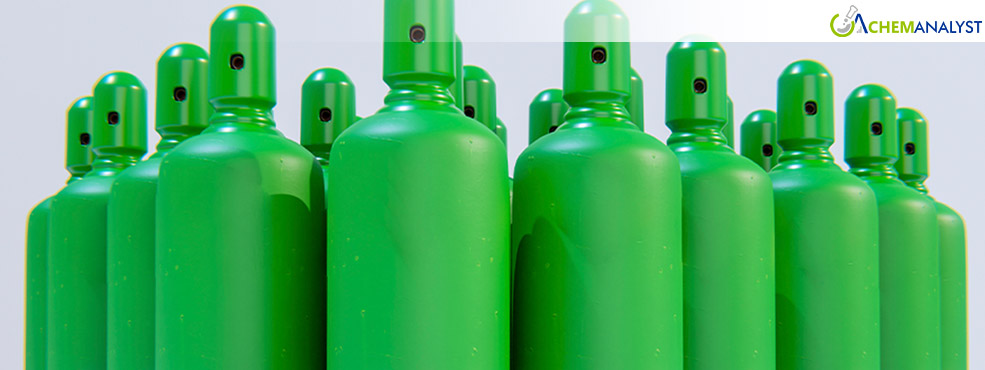Asia’s Acetylene Sector Struggles Amid Weak PVC Demand and Tariff Pressures
- 23-Apr-2025 3:15 PM
- Journalist: John Fante
Acetylene prices across Asia remained under pressure in mid-April 2025. The market continued to face weak demand from key downstream sectors such as construction, welding, and PVC production. Ongoing trade disruptions, cautious procurement behavior, and limited export activity contributed to the overall bearish sentiment.
In China, acetylene demand was soft through mid-April, especially from PVC, welding, and cutting industries. An 11.1% drop in Q1 2025 real estate sales showed an ongoing slump in construction, a big user of PVC, cutting acetylene use sharply.
Although feedstock calcium carbide prices rose slightly as output fell to 346,508 tons in March, down 0.88% from the previous month—due to lower operating rates and plant maintenance, the impact on acetylene was minimal as downstream demand continued to remain weak.
PVC prices continued a downward trend. Most manufacturers operated at steady rates and focused on fulfilling immediate needs. Buyers weren’t eager to restock, keeping the market slow. Extra PVC supply further dragged on acetylene demand, as most players focused on short-term plans rather than big commitments.
Export activity was further hampered by congestion at Qingdao Port, where berth availability and crane installations slowed shipping schedules. High inventories and minimal international demand kept export volumes low, further weighing on market sentiment.
U.S.-China trade spats kept hurting the chemical market in April. New U.S. tariffs on Chinese goods messed up trade and raised costs for U.S. importers. This slowed exports of petrochemicals and plastics from Asia, including cars. U.S. auto sales rose 9.1% in March before the tariffs hit, but future car making might slow as higher costs take effect.
To reduce the risks, China pushed stronger trade links with Asian nations like Malaysia and Vietnam.
In India, acetylene demand stayed low, primarily due to weak construction activity impacting downstream PVC consumption. New residential supply in Q1 2025 fell 34% year-over-year, limiting demand growth. Most procurement remained spot-based, as buyers avoided large-volume deals amid economic caution.
South Korea saw continued pressure on acetylene markets, driven by weak domestic and export demand. Construction investment remained low. Export growth continued to slow, and the impact of U.S. tariffs worsened trade conditions.
As Per ChemAnalyst, acetylene prices in Asia are likely to stay under pressure. High inventory levels, global trade tensions, weak downstream demand, and cautious buyer behavior across construction and manufacturing sectors will likely continue to suppress buying activity. Without a clear signal of recovery, procurement for acetylene is expected to remain limited in the near term.



